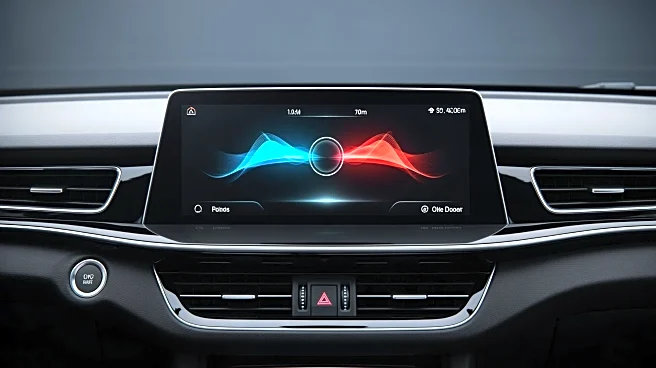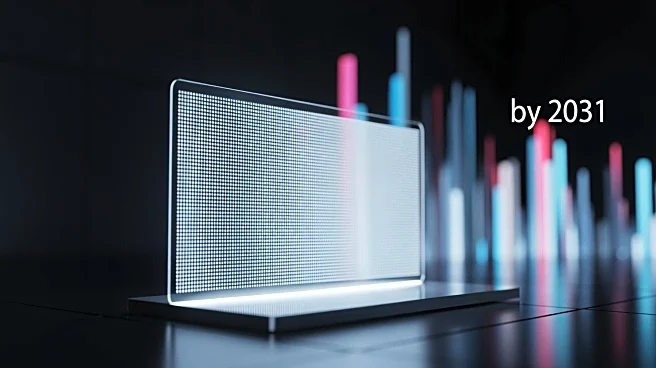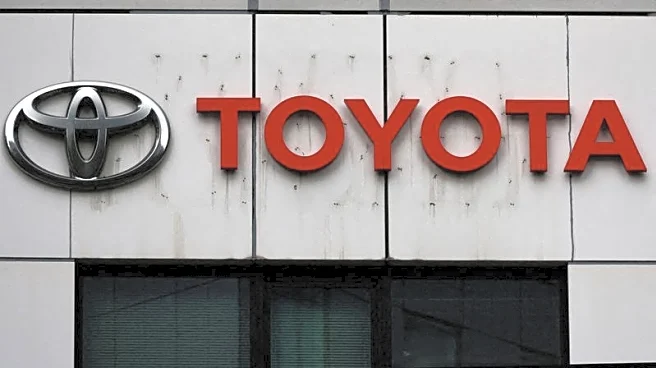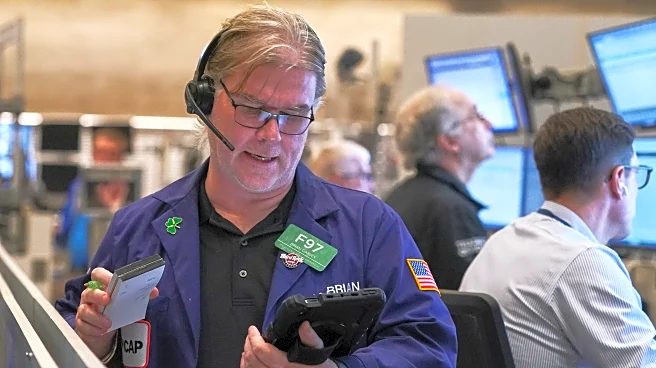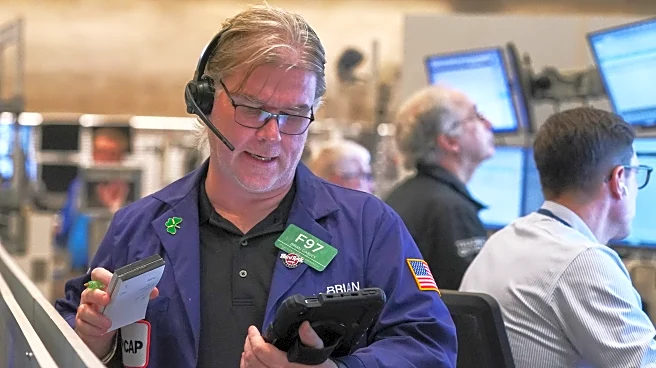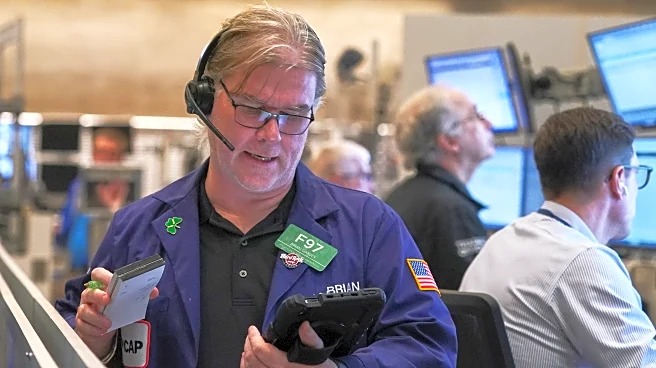What's Happening?
Harman, a subsidiary of Samsung Electronics, has received the first HDR10+ Automotive certification for its Ready Display product line. This certification, developed by HDR10+ Technologies LLC, ensures
that Harman's displays can reproduce high dynamic range (HDR) content under varying lighting conditions found in vehicle cabins. The certification process involved evaluations to confirm consistent brightness, contrast, and color accuracy across different lighting conditions and viewing angles. Harman collaborated with Samsung and Panasonic to establish the HDR10+ Automotive technology specification, which includes HDR10+ Adaptive capabilities. These capabilities adjust brightness and color based on ambient light, maintaining visual quality in conditions ranging from direct sunlight to nighttime driving. The Ready Display line, powered by Samsung's Neo QLED technology, includes the NQ3, NQ5, and NQ7 series, which use image processing algorithms to adjust contrast, brightness, and color in real-time based on cabin lighting conditions.
Why It's Important?
The certification of Harman's displays marks a significant advancement in automotive display technology, setting a new benchmark for immersive in-cabin display quality. This development is crucial for automakers and consumers seeking enhanced visual experiences in vehicles. The ability to maintain high-quality display performance under various lighting conditions enhances both entertainment applications for passengers and navigation systems for drivers. As automotive technology continues to evolve, the demand for high-quality, adaptive displays is increasing, making Harman's achievement a pivotal moment in the industry. Automakers can now offer consumers a more reliable and immersive visual experience, potentially influencing purchasing decisions and driving innovation in automotive display technologies.
What's Next?
Harman's achievement may prompt other companies in the automotive industry to pursue similar certifications, leading to broader adoption of HDR10+ technology in vehicle displays. As the technology becomes more widespread, it could drive further advancements in in-cabin entertainment and navigation systems, enhancing the overall driving experience. Automakers might integrate these displays into more vehicle models, expanding their market reach and offering consumers improved visual quality. Additionally, the collaboration between Harman, Samsung, and Panasonic could lead to further innovations in display technology, potentially influencing other sectors beyond automotive.
